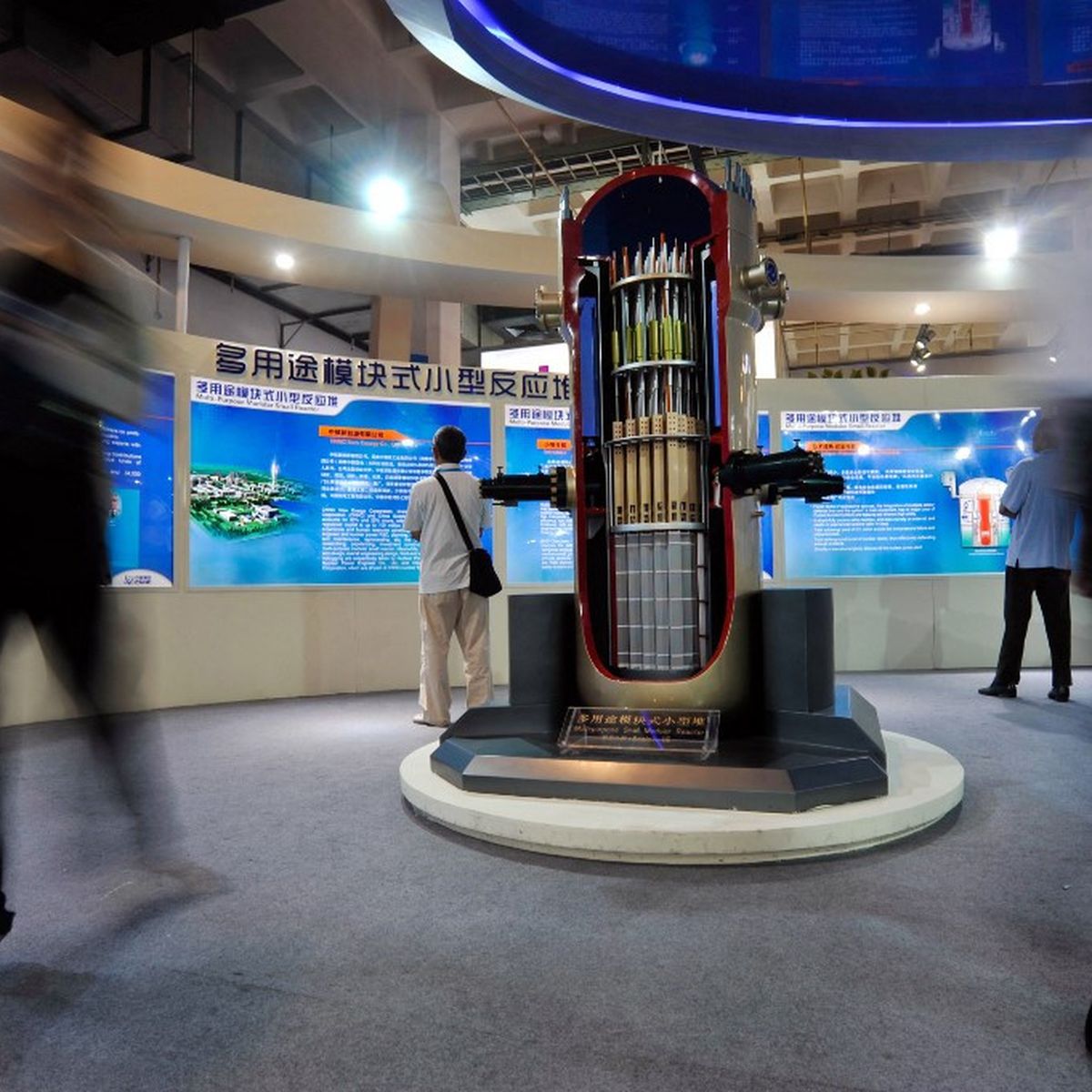The future of nuclear energy in the service of artificial intelligence
Imagine. Google, the tech giant, powering its data centers with… mini nuclear reactors. It sounds like something out of a science fiction movie, but it’s real. The “historic” deal with California-based Kairos Power propels Google into a future where nuclear energy is at the heart of its operations. Why? Because AI is exploding, and so are its energy needs.
Today, everything we do on the cloud, whether we like it or not, has an environmental cost. Data centers, those gigantic server farms that run the web, are energy guzzlers. So why not switch to renewable energy? Because while we love the idea of a planet powered only by the sun and wind, these solutions are not yet reliable enough to meet the needs of an ever-growing AI.
The real question here is: is society ready to accept this transition to small-scale nuclear power? SMRs (Small Modular Reactors) are seen as the silver bullet for a low-carbon future. But let’s be honest, the word “nuclear” still conjures up fears. There’s this deep discomfort related to past incidents, like the Three Mile Island disaster, which Microsoft, ironically, reactivated for its own energy needs.
But beyond the criticism, the story being told here is that of a race for innovation. Google, Amazon, Microsoft: these tech titans are fighting for nuclear energy. And for good reason: there is a colossal stake behind AI. Whether it is to develop scientific advances or simply to offer increasingly sophisticated services to their users, these companies know that they must secure a reliable and sustainable source of energy.
So where does this leave us? Will our favorite online services be powered by mini nuclear reactors hidden in the middle of nowhere in ten years? It’s likely. But what’s even more interesting is how this technology will evolve. SMRs promise to reduce costs, adapt to the needs of existing infrastructure, and address climate issues, but they still have a lot to prove.
Can you imagine a world where nuclear power, often controversial, could become the go-to solution for our future energy needs? Or would we be better off investing all that money in “cleaner” alternatives, like wind or solar? The real question is: what kind of world do we want for tomorrow?



Share: